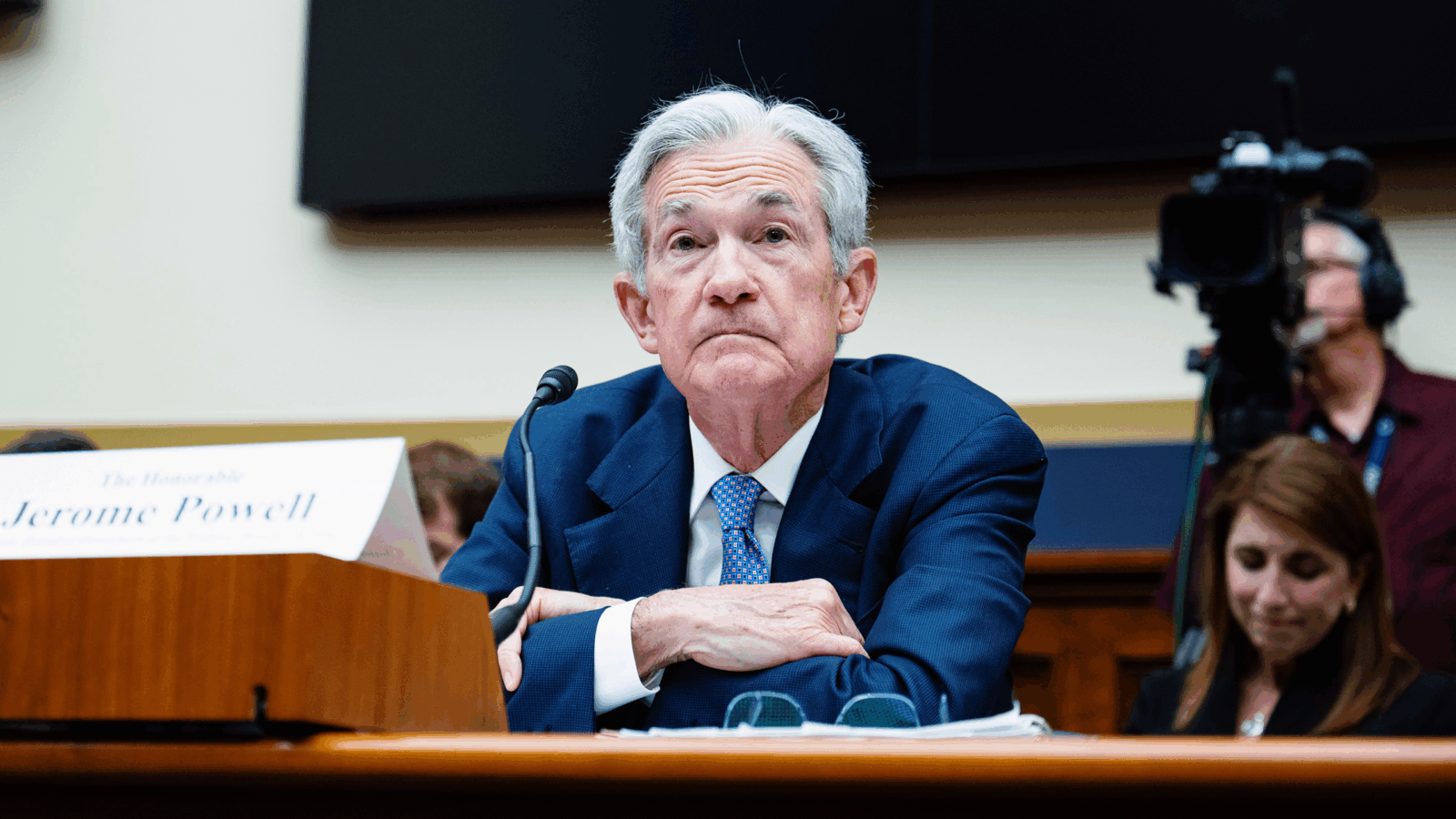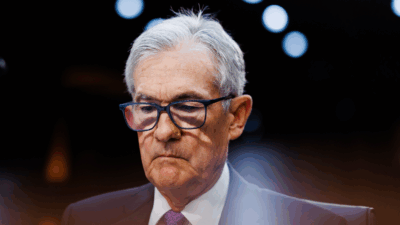Bigger Is Still Better in the S&P 500
The top 50 companies in the index have seen a collective 4.5% skid so far in April, while the bottom 50 have slipped 8.6%.

Sign up for smart news, insights, and analysis on the biggest financial stories of the day.
Apple and Tesla’s fall and the contraction of the Magnificent Seven belies a central fact in the stock market today: Bigger is way better.
Size has been a predictive factor for performance on the S&P 500, with the index’s 50 biggest companies collectively performing the best and the 50 smallest performing the worst, according to a Wall Street Journal analysis published last weekend. The trend may widen with the new status quo of higher-for-longer interest rates.
Sizing Up
While the first quarter of the year proved relatively strong for stocks — the S&P 500 rose over 10% through March — April has provided a course correction. A selloff has erased roughly half of the index’s year-to-date gains, with its smallest players demonstrably suffering the most. The top 50 companies in the index have seen a collective 4.5% skid so far in April, while the bottom 50 have slipped 8.6% — with every group of 50 performing progressively worse and worse as market cap decreases. The WSJ observed the trend extending through the Russell 2000 index of smaller-cap companies.
The lesson? When the going gets tough, being small is gonna cost you:
- Amid higher interest rates, smaller companies have a harder time issuing bonds compared to bigger companies. They’re also more likely to borrow at a floating interest rate; one Goldman Sachs analysis found nearly 33% of Russell 2000 debt is at a floating rate, compared to just 6% of S&P 500 debt.
- Meanwhile, smaller companies typically entered the high-rate environment carrying more debt, while bigger players — especially Big Tech — entered with fat war chests. That’s made earnings season more volatile for the little guys, especially amid escalating global conflict in Ukraine and the Middle East.
Get Low: The little guys just can’t catch a break. Even the pre-pandemic era of ultra-low interest rates tended to benefit the big players. In a National Bureau of Economic Research paper published in 2021, economists from Princeton and the University of Chicago found that “falling rates, especially as rates get close to zero, disproportionately benefit ‘superstar’ firms” — with the top 5% of companies in virtually all industries, ranked by earnings or market value or revenue, benefitting the most from that era’s low rates. It’s as if someone someone handed Goliath a slingshot.











